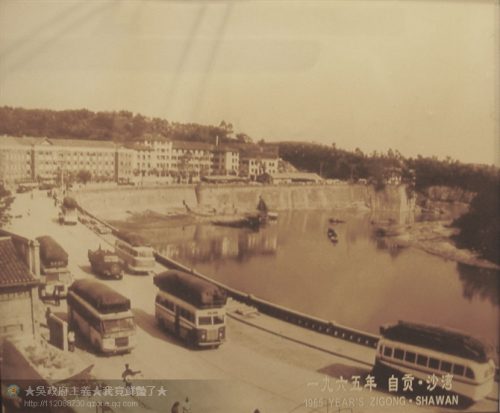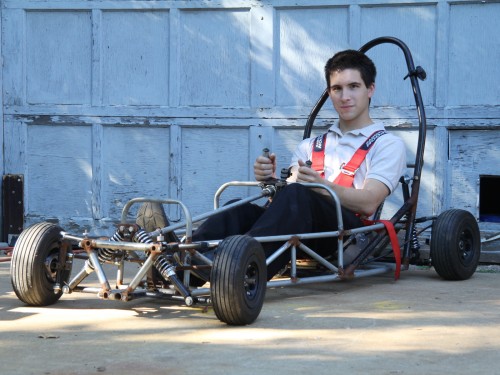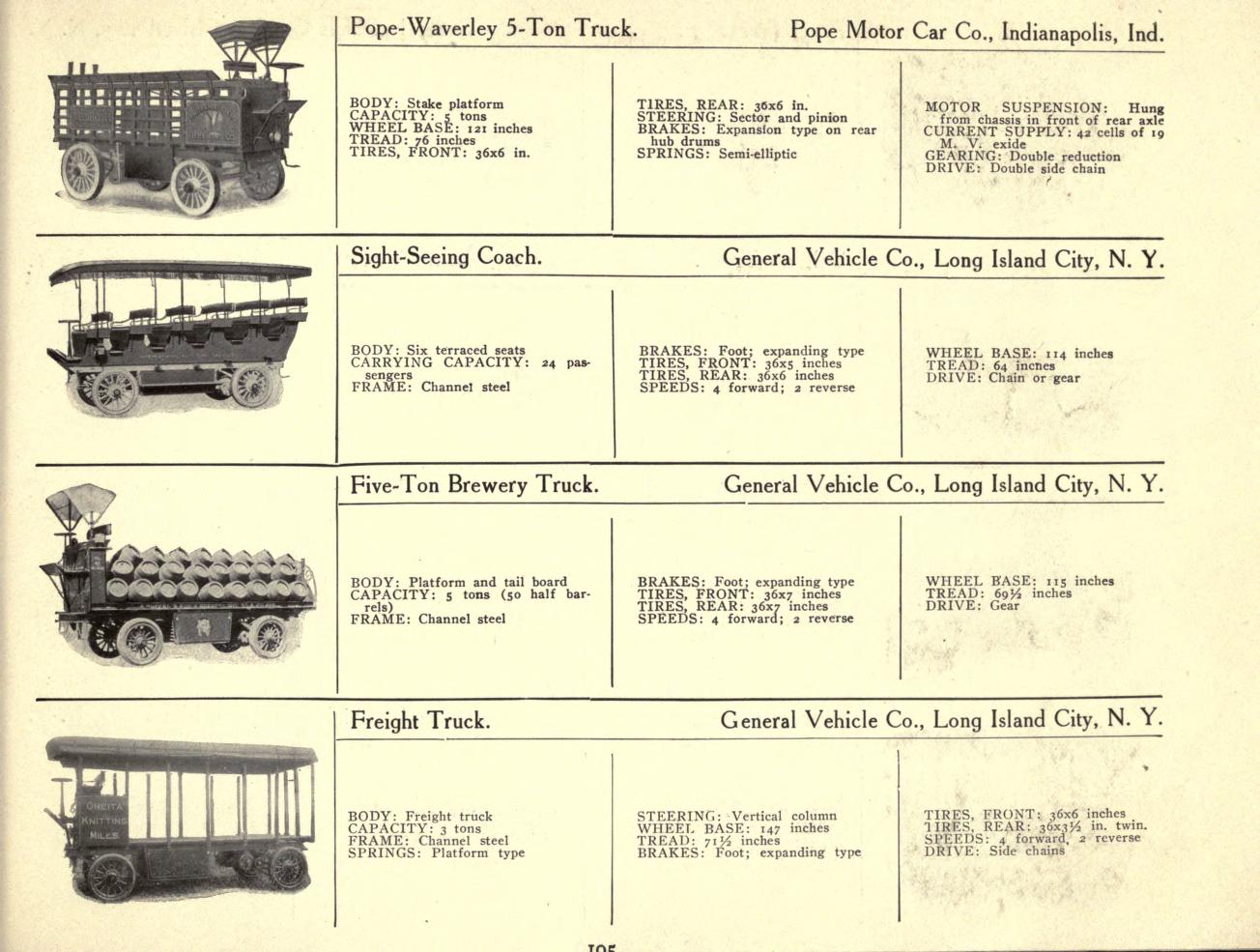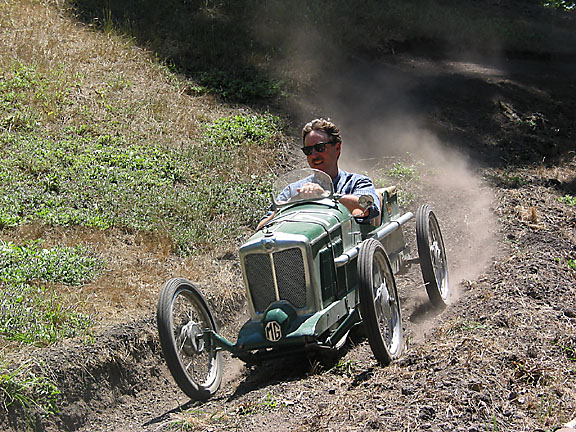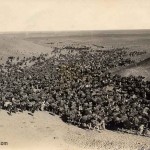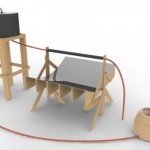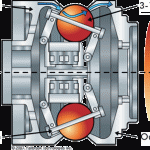This photo shows at least six operating gas bag buses in Shawan (“Sandy Bay”), Shandong, China, in 1965. I have added the picture to the article on gas bag vehicles. Cars and buses powered by uncompressed gas in large bags were used in many European countries in World War One and Two, and remained in use in some regions of China and other Asian countries until the 1990s. They are more than a historic curiosity, however. In a comment on our earlier article, Paul Nash notes:
“On further reflection, I think the best application for this system, and certainly the one with the least government regulations to hinder the process, would be for powering of farm equipment.
- The gas bag could be installed on a frame on top of the tractor, or on a trailer behind, or a carrier in front or to the side, or some combination of these.
- Aerodynamics are a non issue, and neither is the height of the bag.
- There are no road safety rules to be dealt with.
- The short range is often not an issue, the refueling station is never far away and the diesel engines can still operate on diesel alone if need be.
- The gas bag system also eliminates the $4000 home compressor station needed to fill car CNG tanks from home.
And, of course, the farmer can produce the fuel himself, from waste material – manure, straw, even wood chips, instead of using the harvested grain for ethanol or biodiesel. A wood gasifier could also do this, but needs a warm up and cool down period – the gas bag can be used instantly and for short duration running – a common situation on farms.”
Read more about Gas Bag Vehicles and Wood Gas Cars (another answer to the limited supply of gasoline in World War One and Two).
Picture credit: Ray-Wu.
